News
Interview with Tanenari Ban from Ban Fiber
Dyed & Twisted Yarn or Twisted & Dyed Yarn produces a unique texture that really highlights the appeal of Bemberg
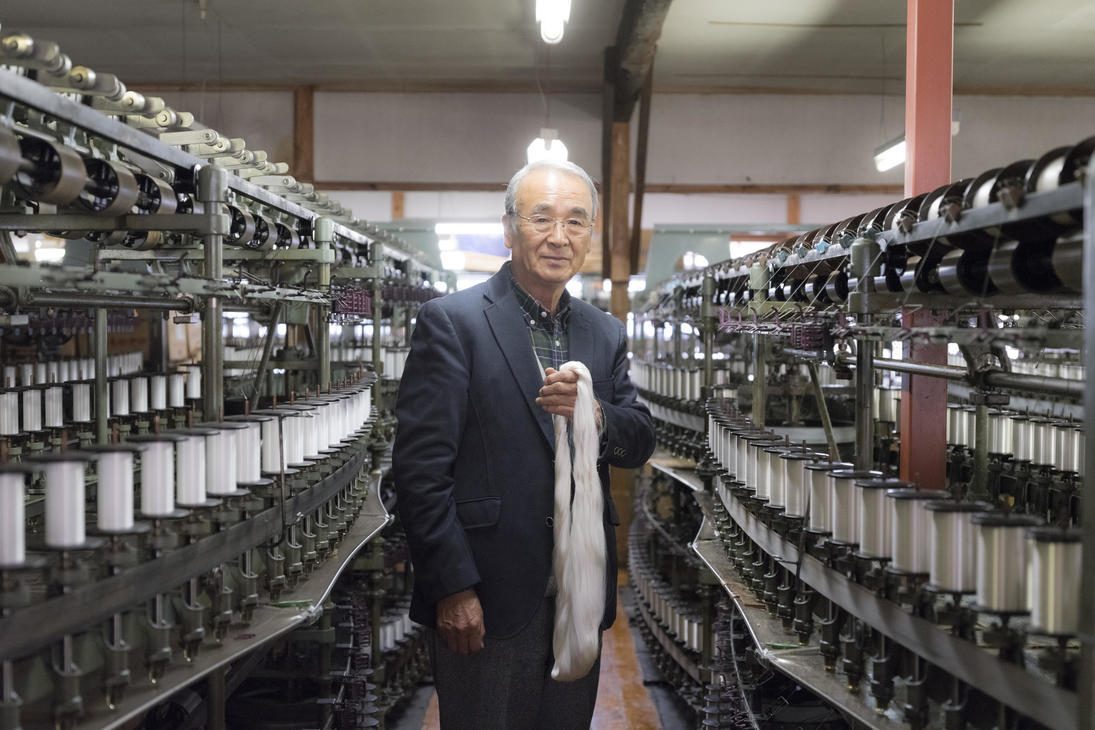
Bemberg yarn-dyed linings are produced in the Fujiyoshida area of Yamanashi prefecture. We talked to Tanenari Ban from Ban Fiber, which handles the all-important twisting process, the first stage of production and a crucial component in determining the finish of woven end products.
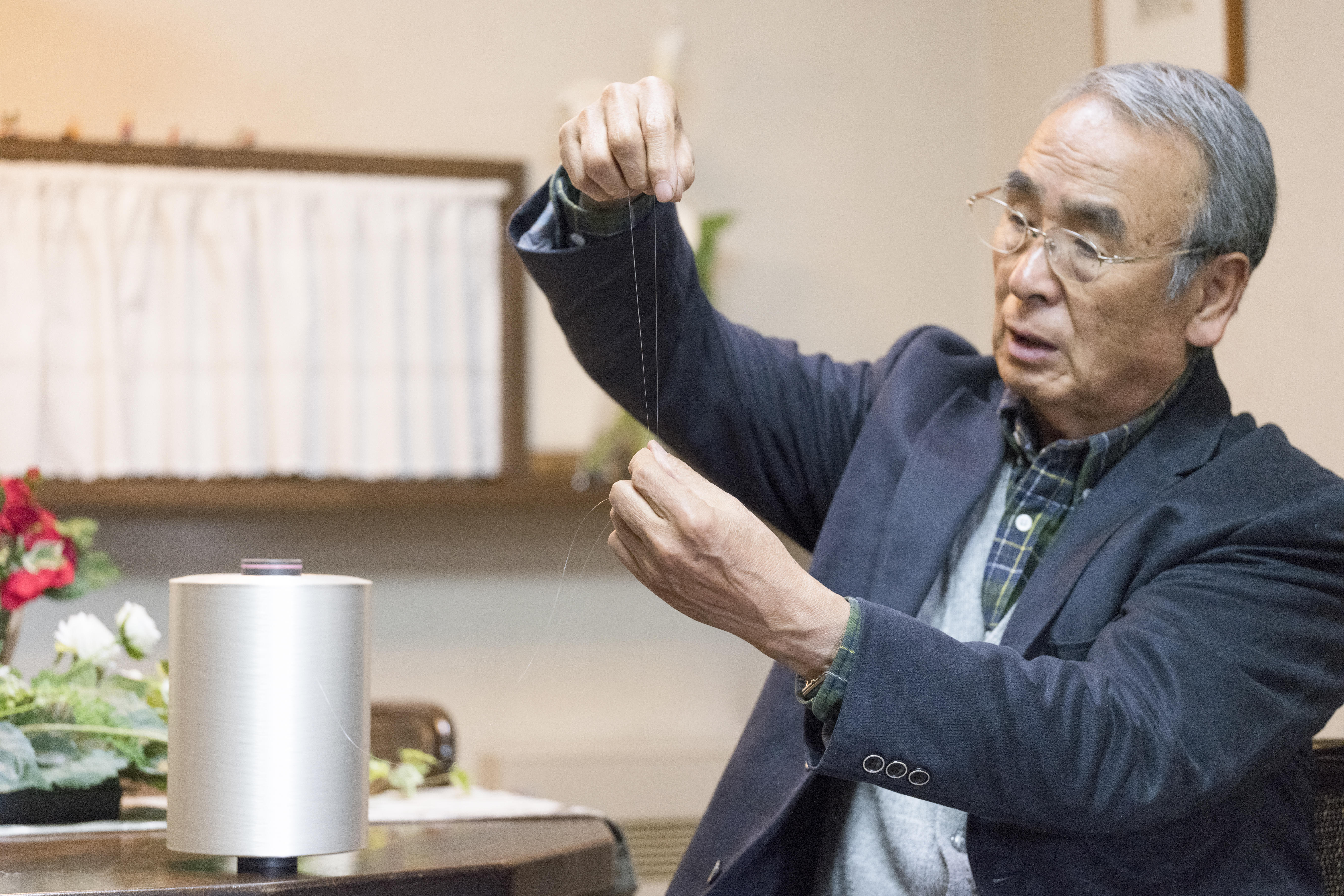 Turning fine strands of original Bemberg yarn into 2ply yarn that is easier to weave
Yarn-dyed lining produced in Yamanashi prefecture is made by dyeing the original yarn before it is woven into fabric. Original Bemberg yarn is actually too fine to be used as yarn. It is therefore twisted by a specialist yarn twister, to turn it into a textured yarn suitable for use in woven fabric. Once each strand of original yarn has been twisted, it is referred to as a “single yarn.” When two single yarns are twisted together, like a rope, that is known as “2ply yarn.” At our factory, we turn original Bemberg yarn into 2ply yarn, and ship somewhere in the region of one ton every month.
Turning fine strands of original Bemberg yarn into 2ply yarn that is easier to weave
Yarn-dyed lining produced in Yamanashi prefecture is made by dyeing the original yarn before it is woven into fabric. Original Bemberg yarn is actually too fine to be used as yarn. It is therefore twisted by a specialist yarn twister, to turn it into a textured yarn suitable for use in woven fabric. Once each strand of original yarn has been twisted, it is referred to as a “single yarn.” When two single yarns are twisted together, like a rope, that is known as “2ply yarn.” At our factory, we turn original Bemberg yarn into 2ply yarn, and ship somewhere in the region of one ton every month.
Bemberg is an exceptionally delicate material that is easily damaged. If we ship damaged yarn, that will have a serious impact on subsequent processes. That is why we have to pay close attention at all times.
That includes rigorously checking the original yarn when it comes in, to make sure there is no damage and nothing is missed, as well as inspecting and adjusting our twisting machines. Our focus is always on supplying yarn that is as easy to weave as possible.
Having done things meticulously like this for many years, we have built up trust, which in turn has enabled us to keep on going.
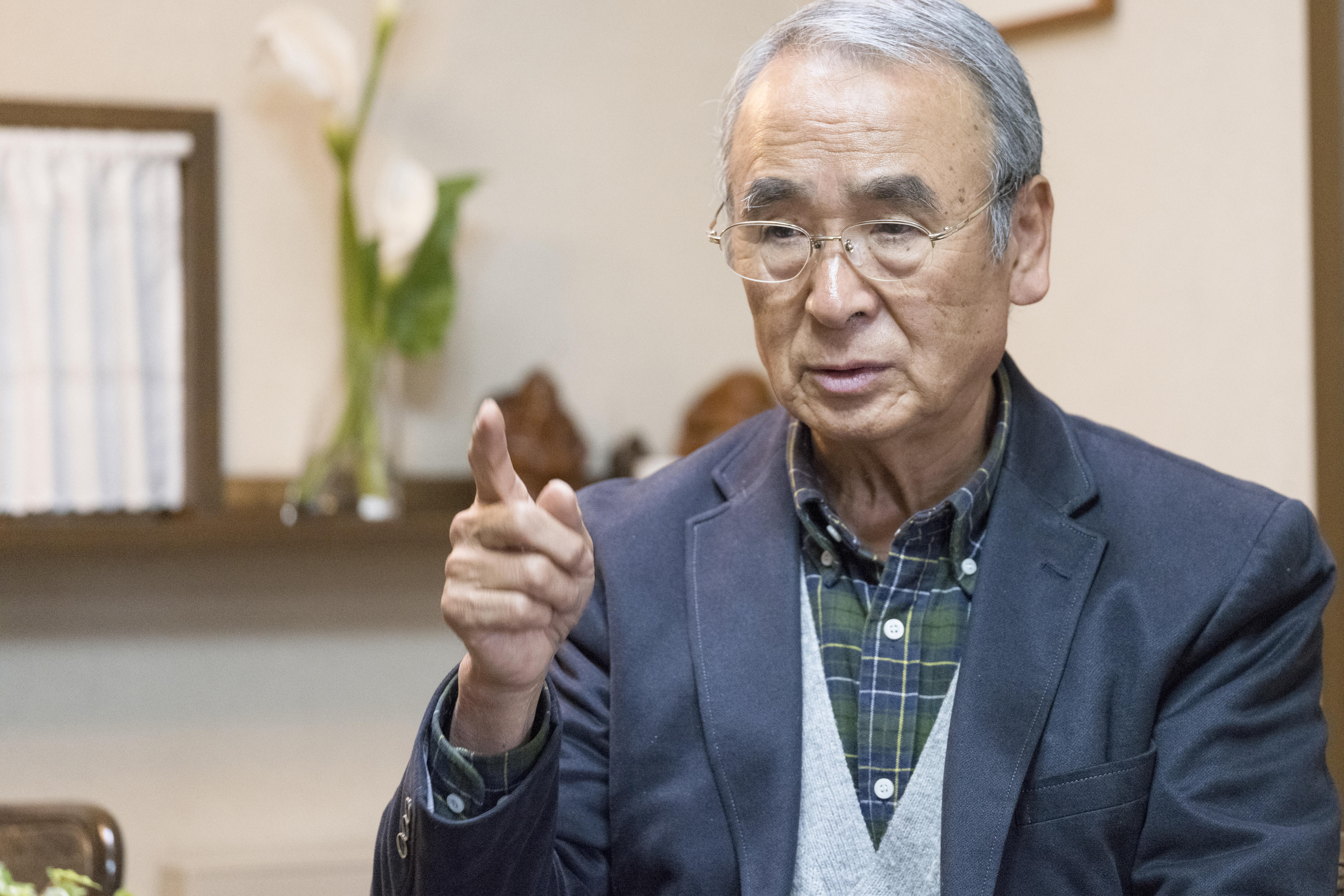 A sense of responsibility to the local production area
Rather than just being a yarn twister, we actually play another role akin to a wholesaler for the local production area.
A sense of responsibility to the local production area
Rather than just being a yarn twister, we actually play another role akin to a wholesaler for the local production area.
What I mean by that is that we do more than just twist yarn to order for weaving shops. Even if we have no orders in the pipeline, we are constantly buying in original yarn and turning it into 2ply yarn so that we can maintain stocks. As well as our own factories, we have four subcontracting factories, which also twist yarn for us.
This production area in Yamanashi is home to lots of small weaving shops run by individuals. When they receive orders from wholesalers, we are then able to provide them with the amount of 2ply yarn they need right away.
Due to its aging population, one of the big challenges facing the local production area is securing successors for the future. With so many people retiring, I have even had people saying to me “I don’t know how we’d manage if you quit.” That’s why I have a sense of responsibility to keep on working without interruption. Although I’m also involved in another business these days, I keep one eye on the fabric trade that was passed down to me by my father, and would like to keep the business going so that I can one day hand over the reins to the next generation.
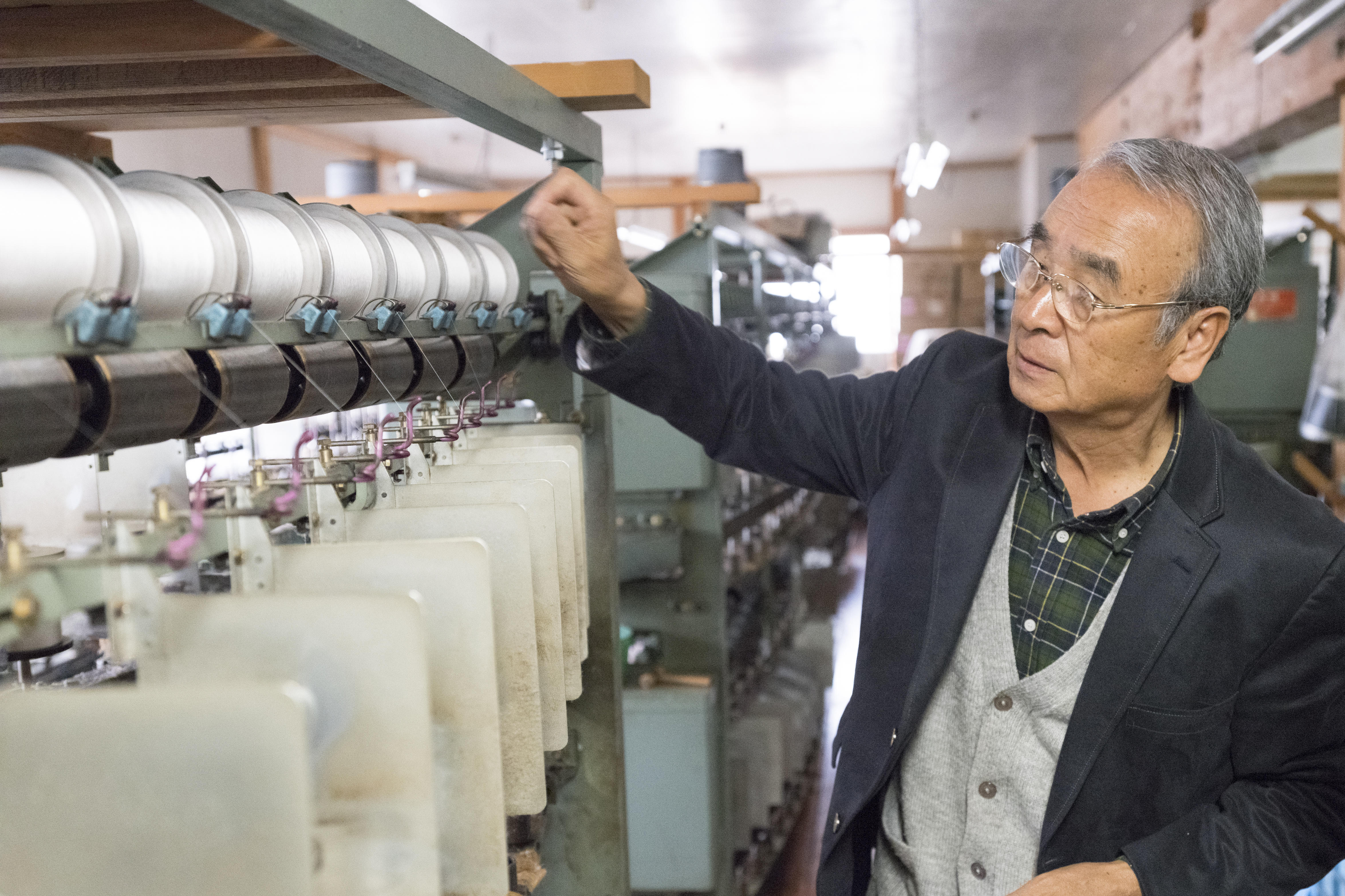 The importance of communicating the value of yarn-dyed Bemberg
What makes Bemberg so good is that it has a unique texture and slides over things easily. I think it’s the process of yarn-dyeing and twisting the yarn before weaving that really makes those qualities shine through.
The importance of communicating the value of yarn-dyed Bemberg
What makes Bemberg so good is that it has a unique texture and slides over things easily. I think it’s the process of yarn-dyeing and twisting the yarn before weaving that really makes those qualities shine through.
When people visit us on tours of the local production area, I often give them the following example.
“Try eating a cheap fish paste product from the supermarket, then try eating a higher priced equivalent that has been carefully crafted in a renowned production area. Whereas your teeth will bite straight through the cheap one, the more expensive one will have more texture and substance, filling your mouth with delicious flavors. In much the same way, all of the effort that goes into yarn-dyeing Bemberg gives it a texture that is completely unlike that you get from a synthetic or piece-dyed product.” When I say that, people always nod in agreement.
Yarn-dyed linings are more expensive because of all the hard work that goes into making them. That’s why I think we need to make an effort to effectively communicate with consumers and younger members of the clothing industry, to help them understand that these products have value and appeal that is worth the price.
For the future of the local production area, we need to find ways to get wholesalers and manufacturers on board.
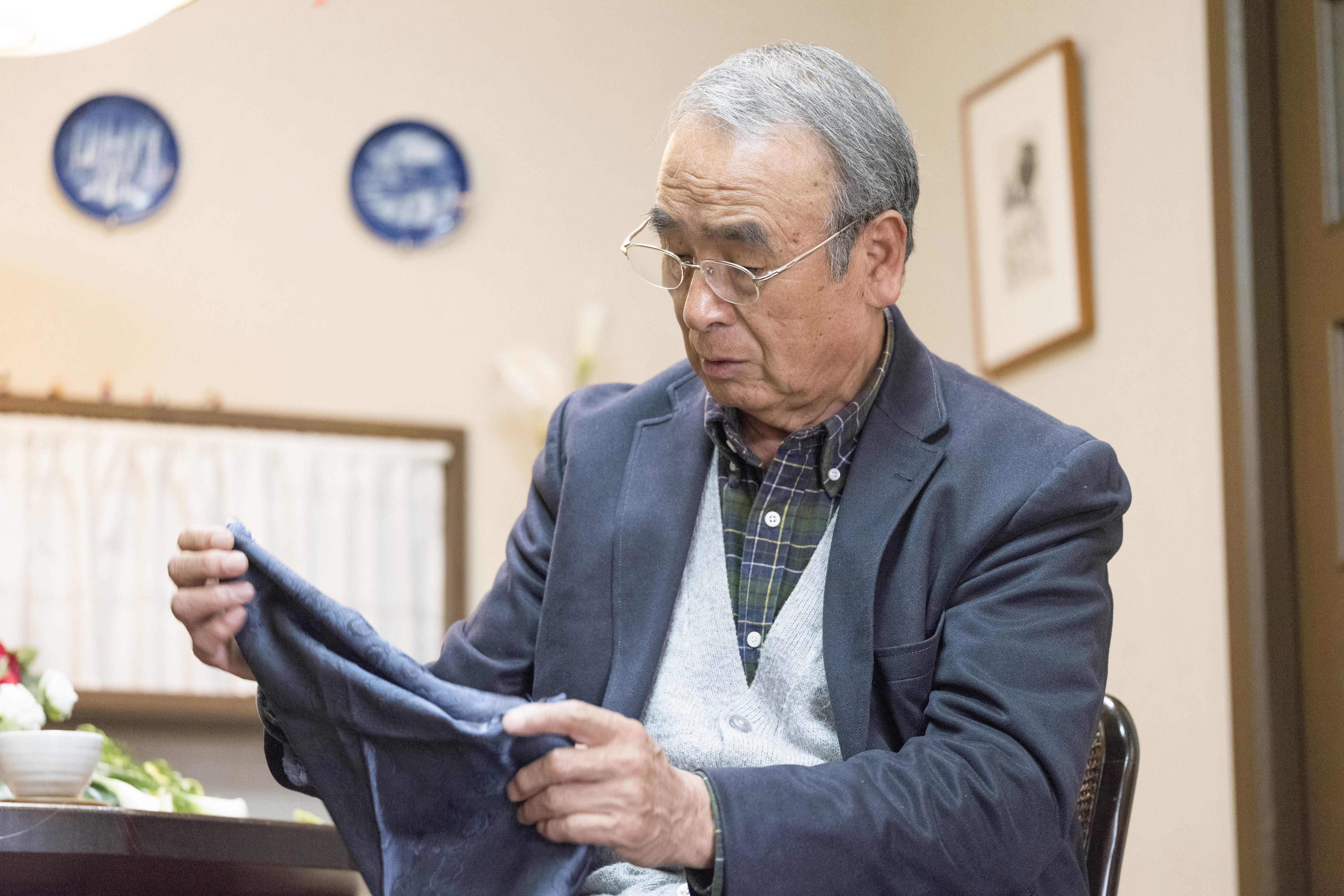 The words that made a well-known brand switch all of its sleeve linings to Bemberg
This is a story that dates back more than 20 years now.
The words that made a well-known brand switch all of its sleeve linings to Bemberg
This is a story that dates back more than 20 years now.
I was asked by a well-known American brand to work on producing the lining for a jacket aimed at the Japanese market. I used Bemberg as usual, and the company’s head office in the US got in touch to check. “We use rayon for lining in the US,” they said. “If you don’t use rayon too, it will have an adverse effect on brand consistency.”
I used rayon as instructed, but it just kept rustling, and lacked elegance. I tried changing the denier value, and various other solutions, but the finish was completely different from Bemberg. I told the wholesaler there was nothing more I could do, and they asked me, as a producer, to explain my reasons to a representative from the brand. I didn’t really know what to do, but I went with the wholesaler to Tokyo anyway, and said the following to the brand’s representative.
“Despite being a cheaper material than rayon, Bemberg slides over things better and has a better texture. I believe you are just going to sell this jacket in Japan, and not in the US? Japanese people have delicate sensibilities. We value harmony between serving plate and food on it, like those in tea ceremonies, and we find the sound of bamboo water features in the garden soothing. It seems strange to go to the trouble of using rayon, just because it’s the same material American people wear. Linings that rustle like that just won't suit Japanese tastes.”
The brand representative replied “Ban-san, that’s brilliant! You’re absolutely right. Leave it with me. I’ll go back to the US and explain. Please go ahead and use Bemberg.”
Since then, the brand in question has been using Bemberg for all of its sleeve linings for more than 20 years.
That showed me just how important it is to effectively communicate a product’s qualities and value. I don’t think I’ll ever forget that.
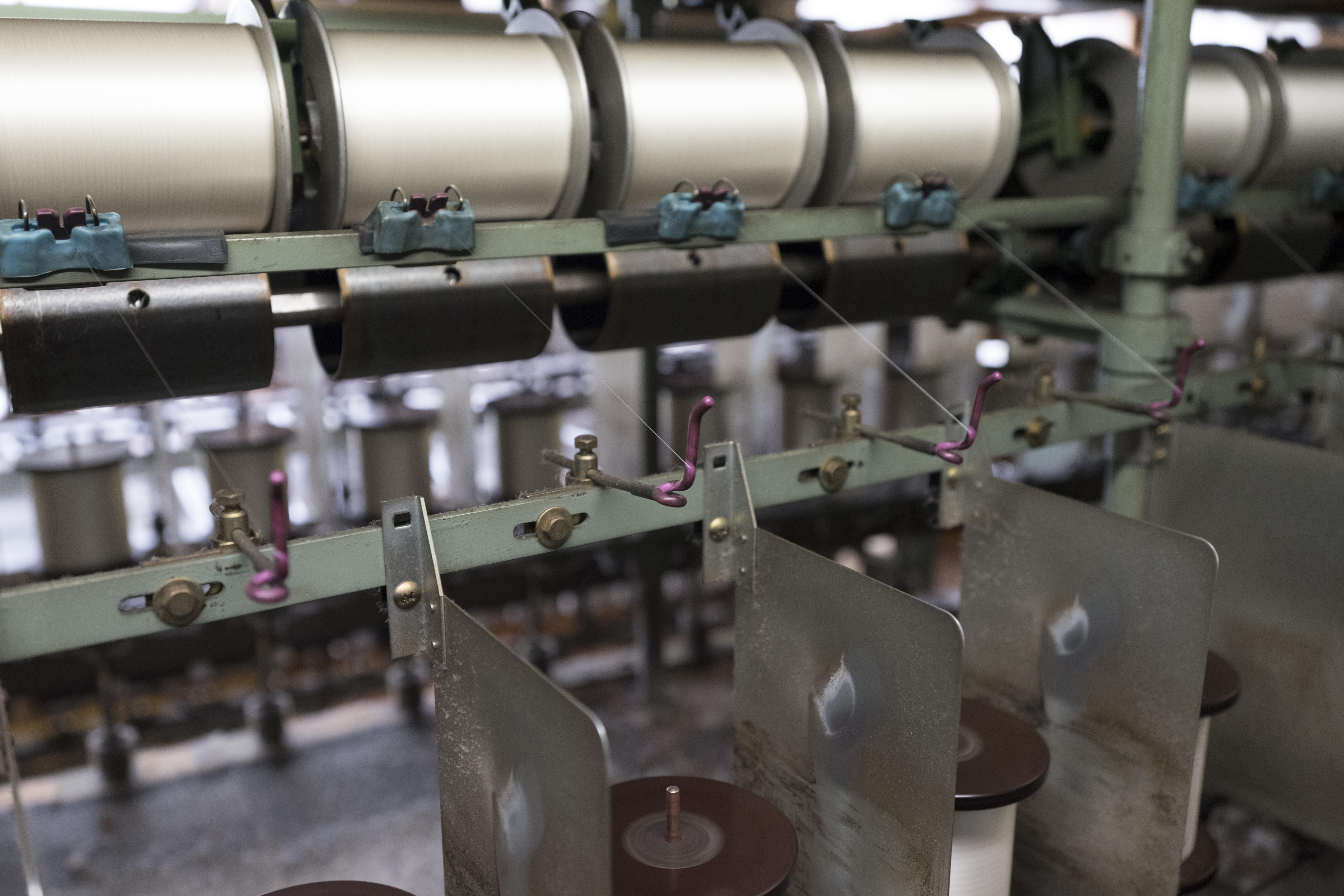 Inside the factory
Inside the factory
Tanenari Ban, Ban Fiber
Tanenari Ban has been in the yarn business, as part of the textile industry in Fujiyoshida (Yamanashi prefecture), for over 50 years, and also works in the yarn twisting industry. Ban Fiber currently handles around 30% of Bemberg for Yamanashi. Ban regards his role as that of a “dam,” based on his passionate support for the local production area.
